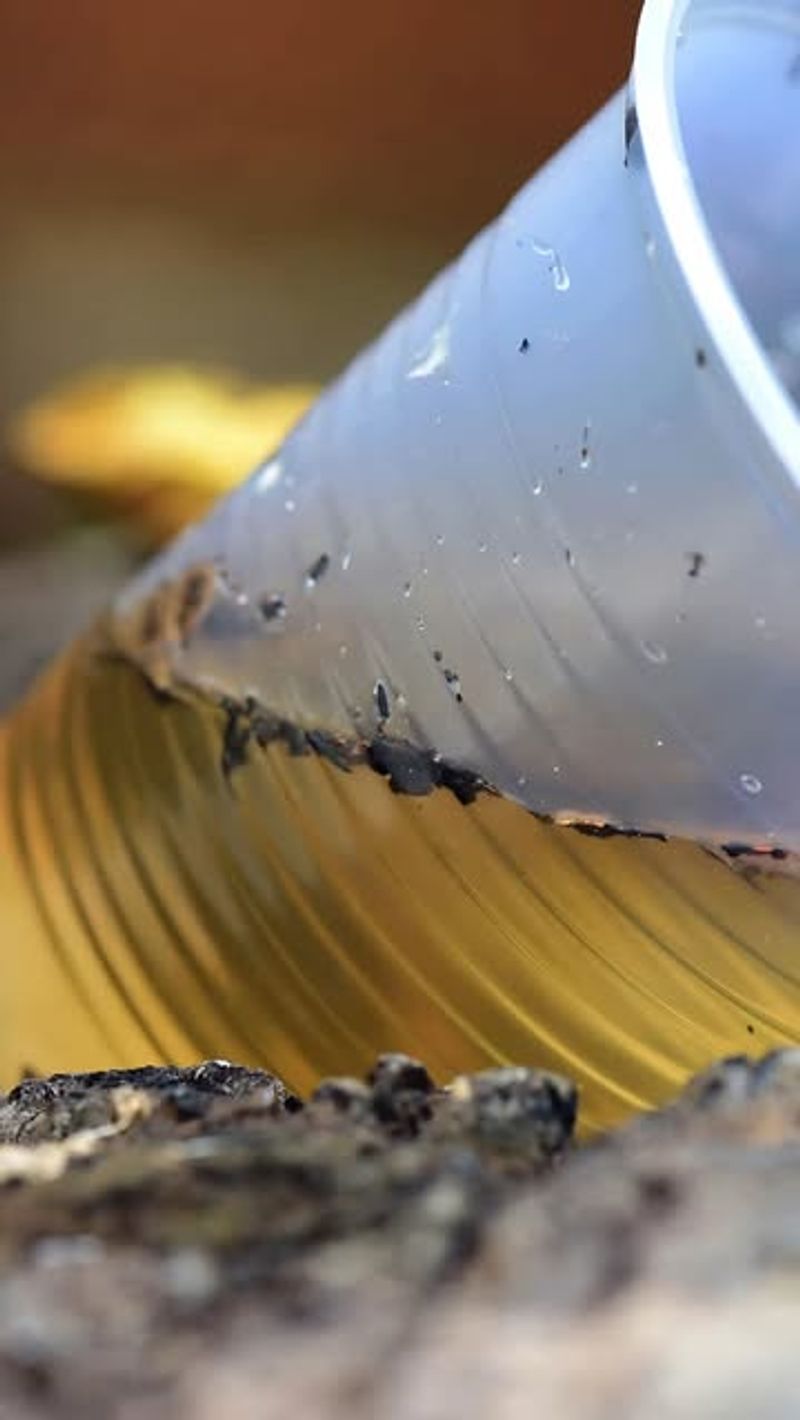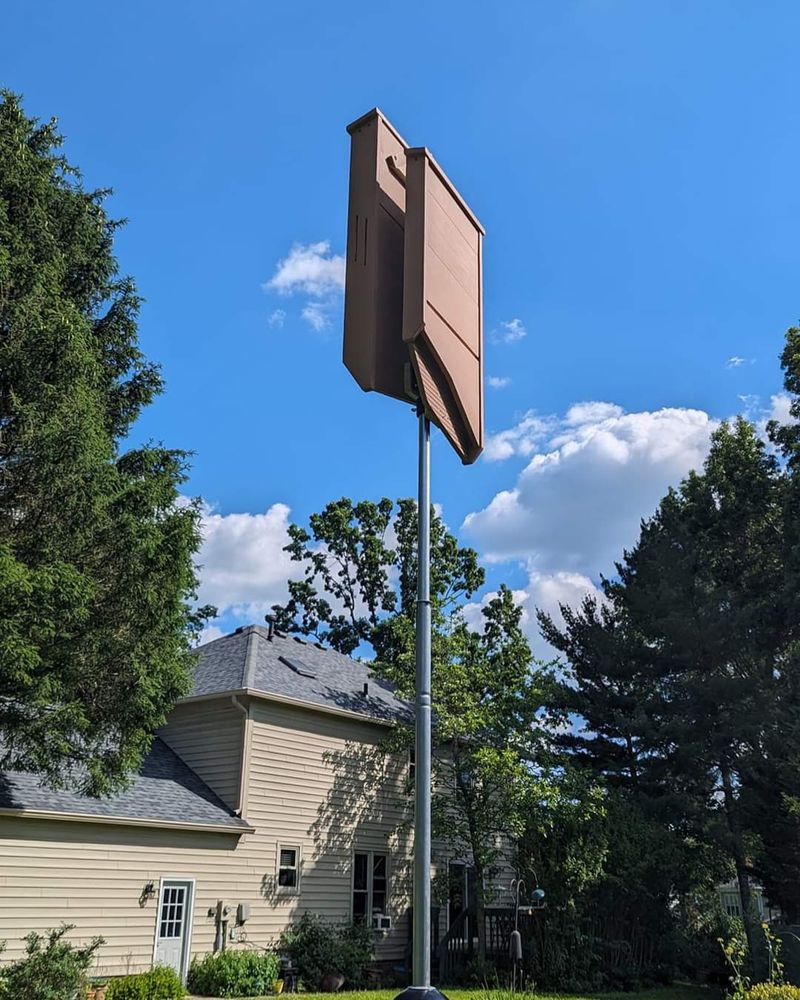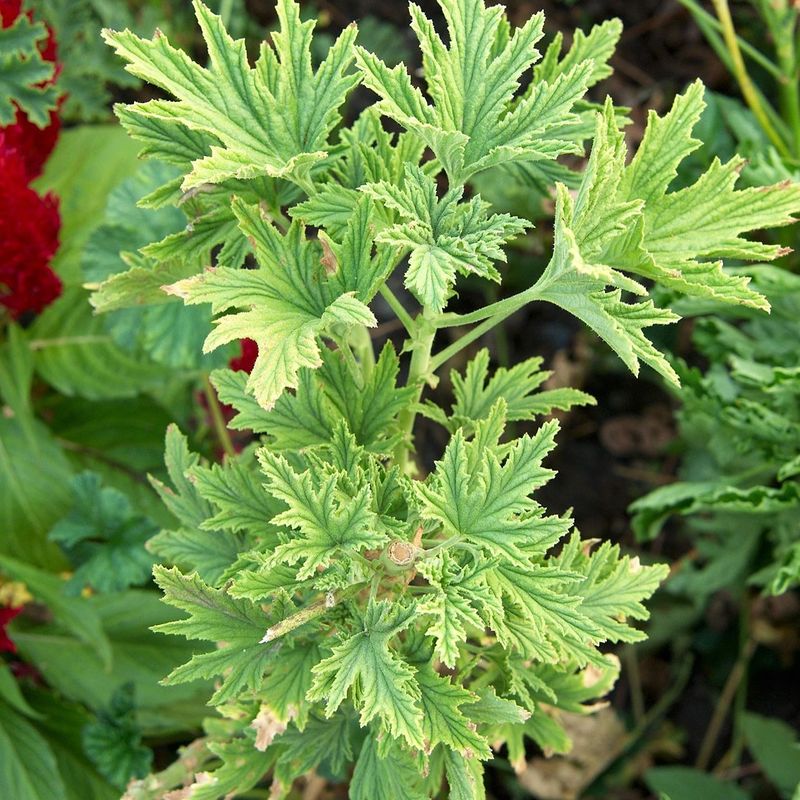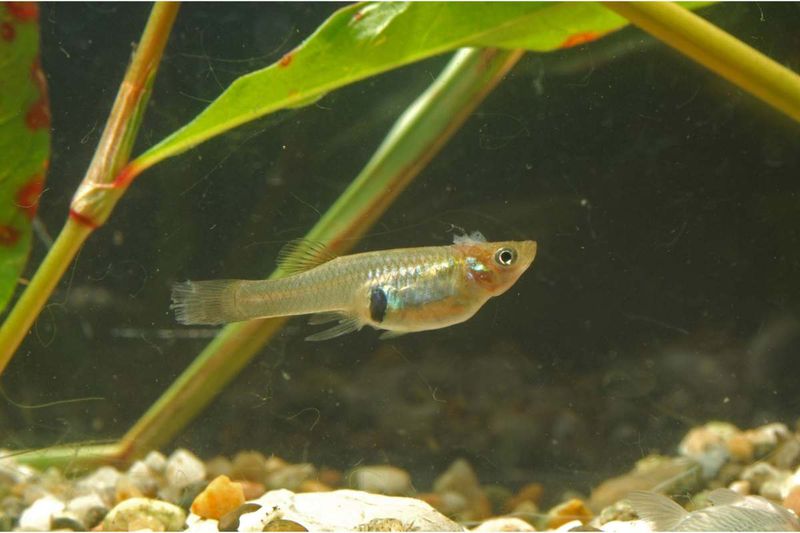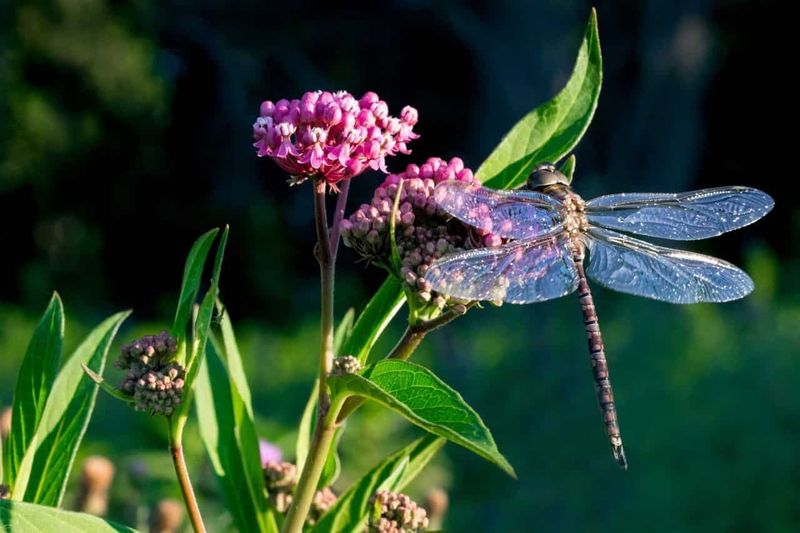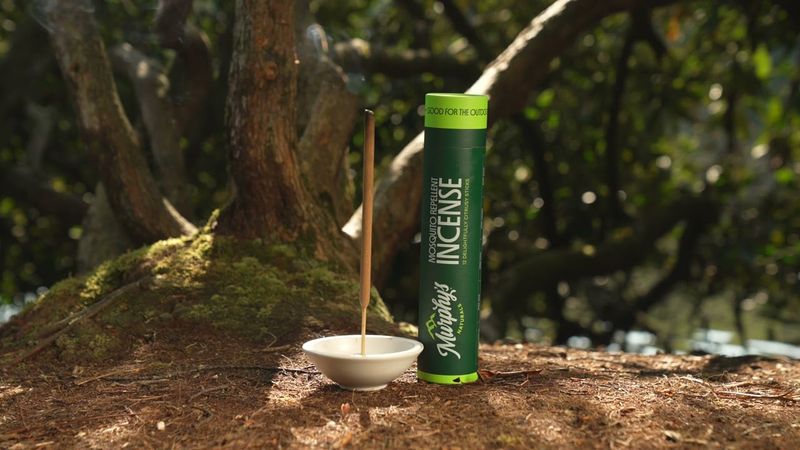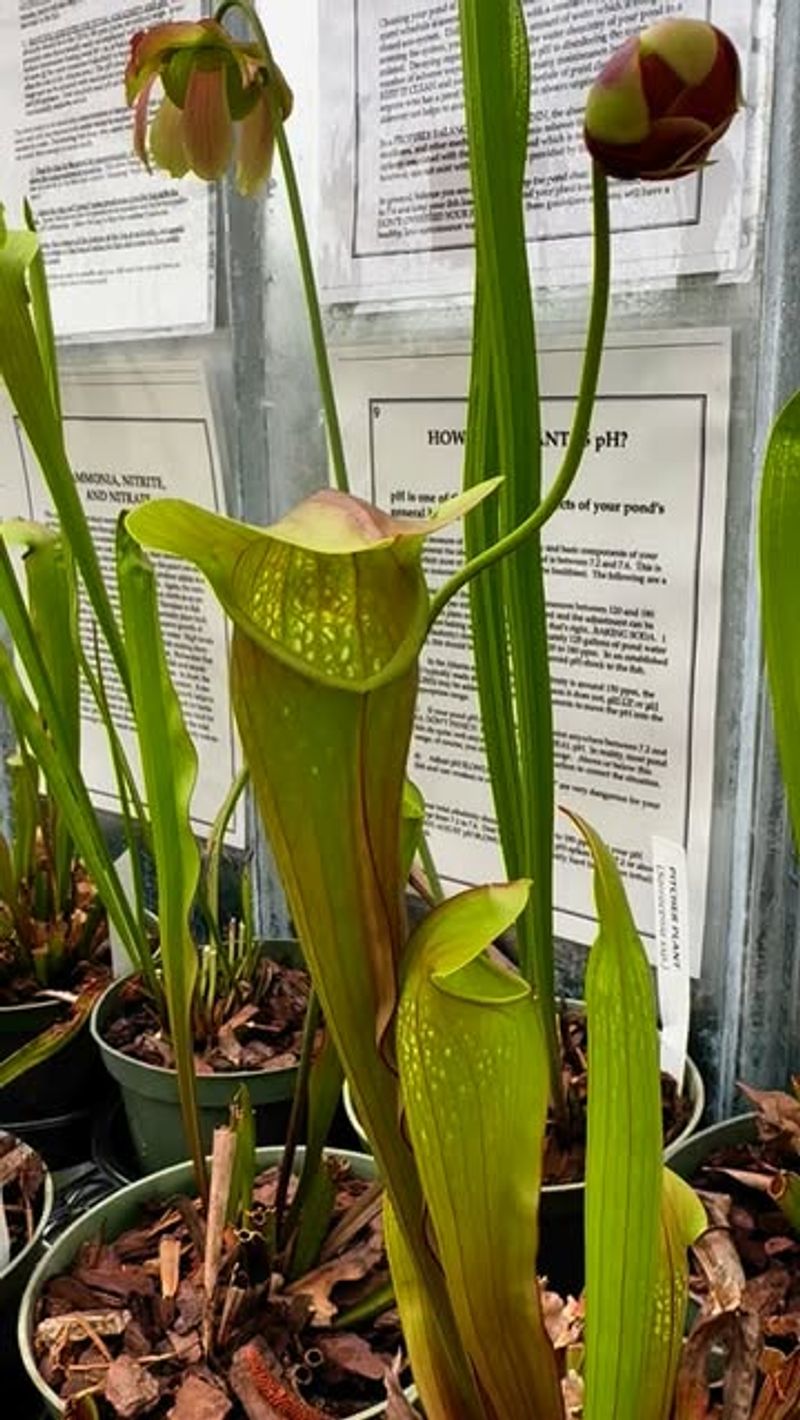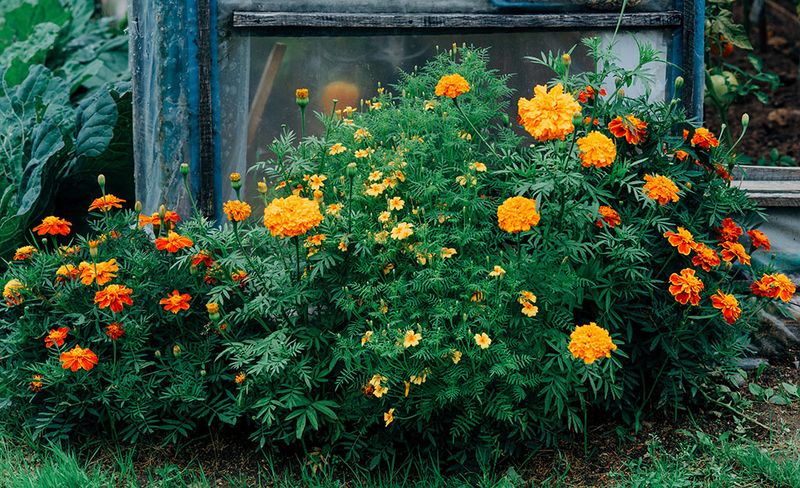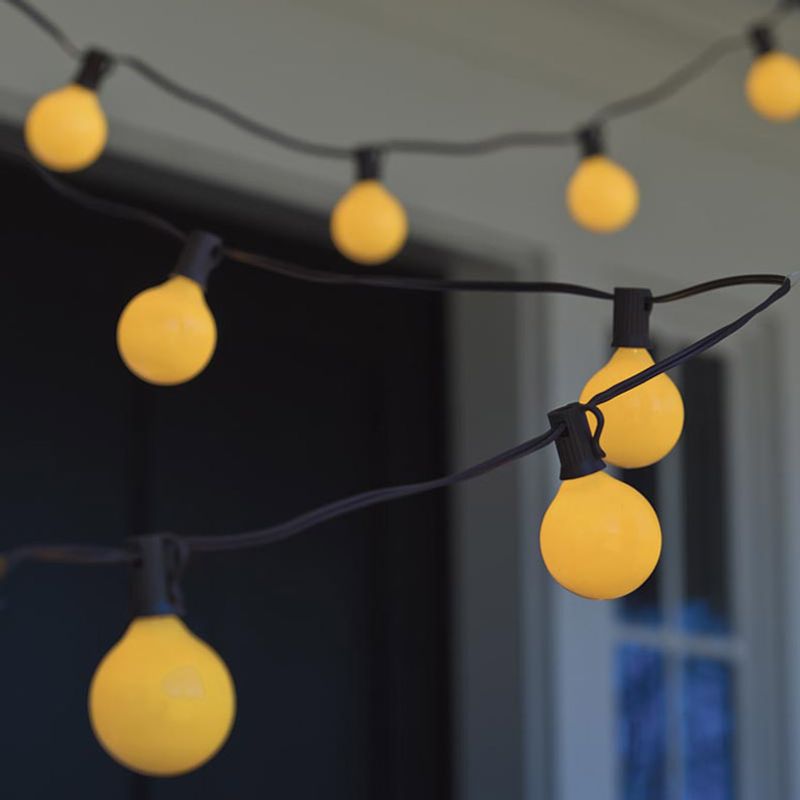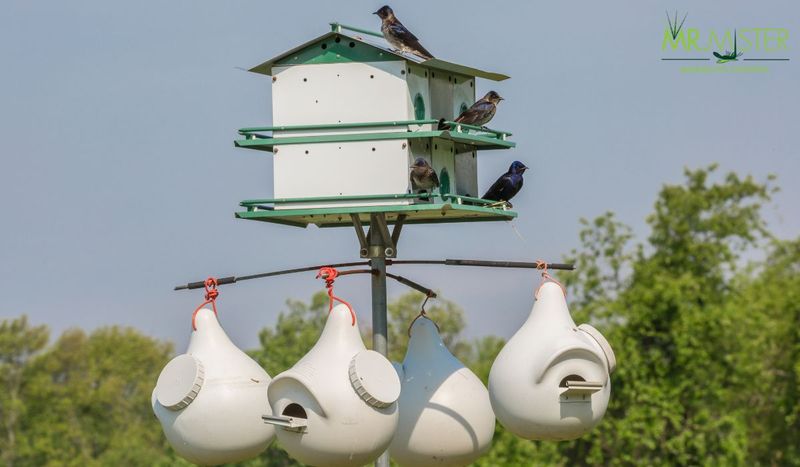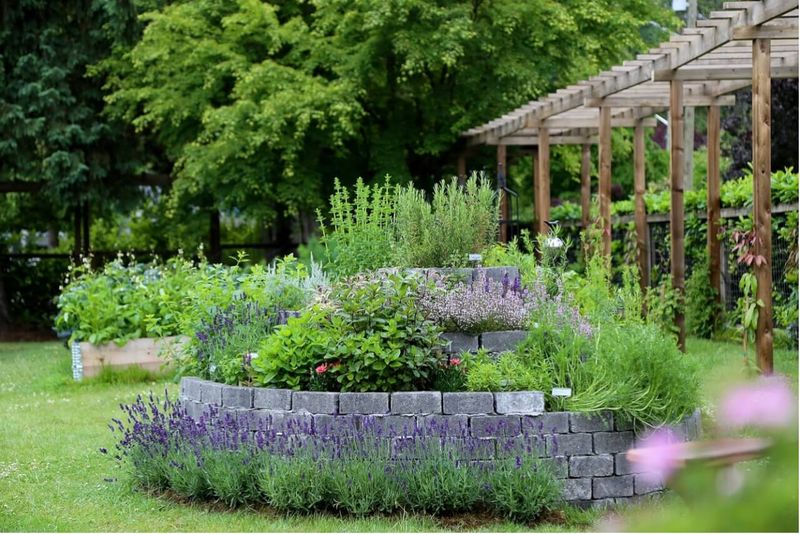Mosquitoes can turn a peaceful backyard into an itchy nightmare in no time. I’ve lost count of how many evenings I’ve cut short just to escape the swarm. And while bug sprays work, I’ve never loved the idea of coating my yard—or my kids—in chemicals.
Thankfully, there are smarter, more natural ways to keep those buzzing pests at bay. Some plants do more than just look pretty—they actually help repel mosquitoes with their scent or essential oils. Once I started planting them around my patio and walkways, the difference was noticeable.
The best part? These plants create a garden that’s safe for kids, pets, and pollinators too. With a little planning, you can build a beautiful, mosquito-resistant space where you can actually enjoy summer evenings—bite-free.
1. Eliminate Standing Water
Even a bottle cap of water can become a mosquito nursery. I make a weekly ritual of walking my property after rain, tipping over any containers collecting water. Bird baths, pet bowls, and plant saucers need regular emptying.
Gutters often get overlooked in mosquito prevention. Last summer, I discovered leaves clogging our downspouts had created perfect breeding grounds right above our patio. Cleaning them made an immediate difference in our evening comfort level.
Don’t forget to check tarps covering woodpiles or equipment. The folds create perfect pockets for rainwater to collect, and mosquitoes find these hidden pools irresistible for laying eggs.
2. Install Bat Houses
Bats consume thousands of mosquitoes nightly, making them nature’s most effective mosquito control. We mounted a cedar bat house on a tall pole facing southeast to catch morning sun, and within weeks had residents helping patrol our yard.
Location matters tremendously with bat houses. They need to be at least 12 feet high and away from bright nighttime lights that discourage bats from entering. Our family enjoys watching them emerge at dusk, swooping through the yard on their mosquito hunt.
The bonus of attracting these flying mammals goes beyond mosquito control. They also devour many agricultural pests, making them beneficial for gardens and reducing the need for any pest control chemicals.
3. Plant Mosquito-Repelling Herbs
Certain aromatic herbs naturally repel mosquitoes through the oils they release. My herb garden includes citronella, lavender, basil, and lemongrass strategically planted around seating areas and pathways where we spend time outdoors.
The beautiful thing about this approach is how it serves multiple purposes. These herbs not only help keep mosquitoes away but also provide fresh ingredients for cooking. Brushing against them while walking through the garden releases more of their protective scents.
For maximum effectiveness, I’ve learned to place these plants in containers on our patio table and around seating areas. The proximity helps create a more concentrated barrier of scent that mosquitoes prefer to avoid.
4. Create Moving Air With Fans
Mosquitoes are surprisingly weak fliers, making a simple oscillating fan one of the most effective deterrents. Setting up a fan on our deck completely transformed our outdoor dining experience last summer, with not a single bite during meals.
Beyond creating a barrier mosquitoes can’t navigate through, fans disperse the carbon dioxide we exhale. Since mosquitoes track us by following CO2 trails, the fan essentially scrambles their tracking system, making us harder to find.
Ceiling fans installed on covered porches provide constant protection while adding comfort during hot summer evenings. The investment in outdoor-rated fans has been worth every penny for our family’s outdoor enjoyment.
5. Add Mosquito-Eating Fish To Water Features
For ponds and water features that can’t be eliminated, mosquito-eating fish provide round-the-clock larvae control. Our small backyard pond became a mosquito breeding ground until we added a few goldfish that happily feast on the larvae.
Mosquito fish (Gambusia) are particularly effective and can survive in various water conditions. They’re small, unobtrusive, and extremely low-maintenance compared to other fish species. Some counties even distribute them free during mosquito season.
The fish need almost no care beyond occasional feeding in winter months when natural food is scarce. They’ve completely eliminated our pond mosquito problem while adding a touch of life and movement to our water feature.
6. Use Cedar Mulch In Garden Beds
Cedar contains natural oils that repel many insects, including mosquitoes. Refreshing our garden beds with cedar mulch each spring serves multiple purposes in our yard maintenance routine, with mosquito deterrence being a welcome bonus.
The aromatic compounds that make cedar effective also create a pleasant scent throughout the garden. Walking through our yard after a light rain releases even more of the natural oils, making the outdoor space more enjoyable.
Beyond insect control, cedar mulch breaks down more slowly than other organic mulches, meaning fewer replacements and better weed suppression. The rich reddish color also provides beautiful contrast against green plants in our landscape beds.
7. Introduce Dragonflies To Your Yard
Dragonflies are voracious mosquito predators, with a single dragonfly capable of consuming hundreds daily. Creating habitat for these beneficial insects has transformed our backyard ecosystem, bringing natural mosquito control with fascinating aerial displays.
Adding a small pond with emergent vegetation provides the perfect breeding ground for dragonflies. They need water for reproduction and tall plants nearby for perching. Our pond’s edge plantings of rushes and sedges have become dragonfly magnets.
Avoiding broad-spectrum insecticides is crucial for maintaining dragonfly populations. Since introducing more habitat features for them three years ago, we’ve noticed significantly fewer mosquitoes throughout our property, especially in areas near the water features.
8. Burn Mosquito-Repelling Incense
Citronella and cedar incense create protective zones for outdoor gatherings without chemical sprays. The spirals we place around our patio burn for hours, creating a pleasant atmosphere while keeping mosquitoes at bay during evening get-togethers.
Positioning is key for maximum effectiveness. Placing incense upwind allows the smoke to drift across your seating area, creating a barrier mosquitoes won’t cross. We’ve found that elevating them slightly improves their coverage area.
For family members sensitive to smoke, incense sticks can be placed farther from seating areas while still providing protection. The gentle, aromatic haze has become part of our summer evening ritual, signaling relaxation time while practically eliminating mosquito complaints from guests.
9. Create Mosquito-Trapping Plants
Carnivorous plants like pitcher plants and sundews naturally trap and digest insects, including mosquitoes. My small bog garden near our patio has become both a fascinating conversation piece and functional mosquito control.
These specialized plants thrive in conditions many others can’t tolerate. Creating a dedicated area with acidic soil and consistent moisture gives them the perfect environment to flourish. The pitcher plants’ colorful tubes filled with digestive fluid attract mosquitoes seeking nectar.
Watching them work their magic is surprisingly satisfying. Our children have named several of the larger specimens and check regularly to see what new insects have been captured, turning pest control into an educational nature experience.
10. Grow Marigolds As Border Plants
Marigolds contain pyrethrum, a compound used in many commercial insect repellents. Planting them as borders around our vegetable garden and patio has created beautiful mosquito barriers that blend perfectly with our landscape design.
The bright orange and yellow blooms add cheerful color while serving a practical purpose. Their strong scent masks the human odors that attract mosquitoes, making it harder for the pests to locate people in the yard.
An unexpected benefit has been their effectiveness against other garden pests too. Our marigold-bordered vegetable beds have fewer aphids and cabbage moths compared to previous years, reducing the need for any kind of pest control in the food garden.
11. Switch To Yellow Bug Lights
Mosquitoes are less attracted to yellow light wavelengths than standard white bulbs. Replacing our porch and patio lights with yellow “bug lights” has noticeably reduced the insect swarms that typically gather around outdoor lighting.
The warm amber glow creates a pleasant atmosphere while being practically invisible to mosquitoes. Our evening barbecues have become much more enjoyable since making this simple switch, with fewer uninvited flying guests circling our gathering.
Modern LED yellow bug lights use minimal electricity and last for years. The initial investment pays for itself quickly in comfort alone, not to mention savings on mosquito repellents and sprays we no longer need to use around the seating areas.
12. Create Copper Penny Water Traps
Copper pennies in water release trace amounts of copper that prevent mosquito larvae from developing. Several shallow dishes with water, a few copper pennies, and a drop of liquid soap have become discreet mosquito traps around our yard’s perimeter.
The science behind this method is fascinating. Female mosquitoes still lay eggs in these water sources, but the copper prevents the larvae from maturing. Meanwhile, the soap breaks water surface tension, causing adult mosquitoes that land to drown.
Checking these traps weekly reveals just how effective they are. Each one collects dozens of mosquito eggs and adults that would otherwise be biting or reproducing. Refreshing them takes just minutes but provides continuous protection.
13. Hang Aromatic Herb Bundles
Bundles of dried herbs suspended around outdoor living areas release natural repellent compounds. Rosemary, lavender, and mint tied together and hung from porch rafters and tree branches create aromatic zones mosquitoes avoid.
The gentle fragrance released when breezes stir these bundles enhances outdoor enjoyment while serving a practical purpose. Brushing against them releases even more of their protective oils, creating a stronger repellent effect when needed.
Replacing these bundles monthly keeps their effectiveness high. The dried herbs can later be crumbled and added to compost, extending their usefulness in the garden cycle. Nothing goes to waste, and our outdoor spaces remain more mosquito-free.
14. Attract Purple Martins With Houses
Purple martins are aerial insectivores that consume thousands of mosquitoes daily. Installing a martin house in our open yard space two years ago brought these beneficial birds to patrol our property throughout summer months.
These social birds prefer colony housing mounted on tall poles in open areas at least 40 feet from trees. The distinctive sound of their cheerful chirping has become a welcome signal that mosquito control is actively underway.
Beyond practical pest management, watching purple martin families raise their young has become a household hobby. Their acrobatic flights and social interactions provide endless entertainment from our deck, adding another dimension to our outdoor living experience.
15. Build A Seasonal Herb Spiral
A spiral-shaped raised bed planted densely with mosquito-repelling herbs creates a beautiful landscape feature with practical benefits. Our herb spiral near the patio combines various Mediterranean herbs that thrive in different microclimates created by the spiral’s structure.
The vertical design maximizes growing space while creating varied sun exposure and drainage conditions. Rosemary thrives at the top where it’s driest, while mint and lemongrass occupy lower, moister sections. Each contributes its unique mosquito-repelling properties.
Gathering herbs for cooking means brushing against plants, releasing more repellent oils exactly when we’re outside and vulnerable to bites. This functional garden element has become the centerpiece of our outdoor entertainment space, beautiful and protective simultaneously.


